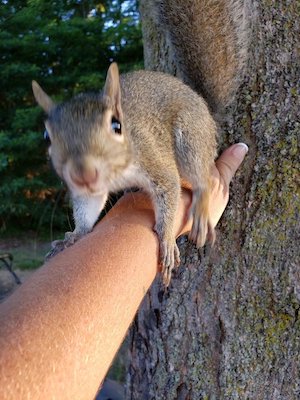John Leo: Tellers of TruthS - A Journalist's Call to Accountability —Maureen Mullarkey.
In July the Spectator.US ran a polished reflection on the slide of the F-word from curse to commonplace. A latecomer, I thought. Surely someone had detected this slippage long before now. Sure enough, a quick check into Two Steps Ahead turned up “The F-Word Flows Like Ketchup.” In the early Nineties, Leo declared it “all around us now, like air pollution.” His perp-walk of F-addicts included even the The New Yorker, once “a hotbed of decorum and taste” but now “a victim of fashion, a breathless dowager slipping into her first punk miniskirt.”
